IoT Security, Privacy and Design
VerifiedAdded on 2020/02/24
|7
|1238
|72
AI Summary
This assignment delves into the critical aspects of security and privacy within the Internet of Things (IoT). It highlights the inherent vulnerabilities of IoT systems to hacking and data breaches, emphasizing the risks associated with personal information exposure. Furthermore, the assignment examines the efficiency of applications designed for IoT environments, analyzing factors like processing time, communication delays, and resource consumption. A specific case study is presented where an application's design choices are evaluated based on their impact on system performance.
Contribute Materials
Your contribution can guide someone’s learning journey. Share your
documents today.
1 out of 7
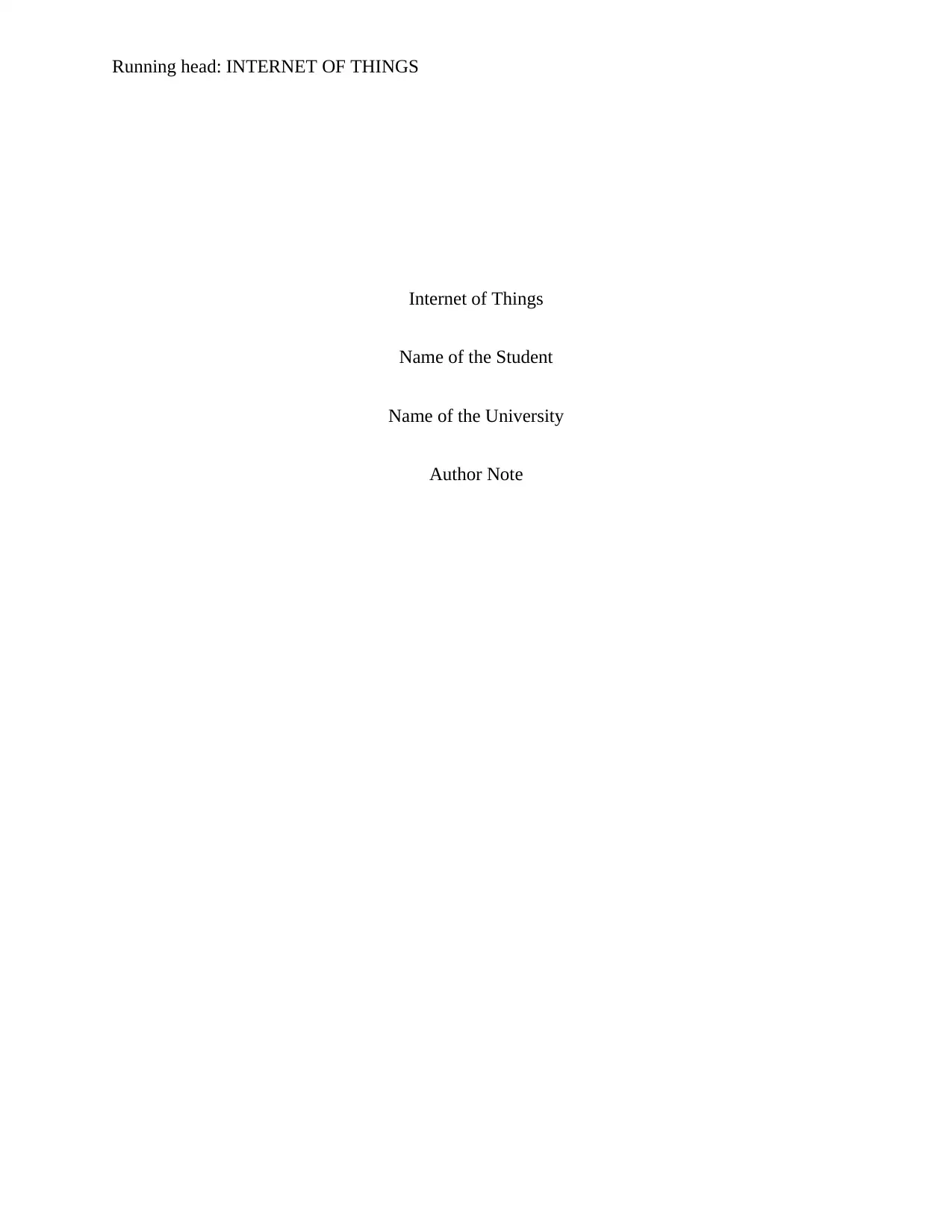
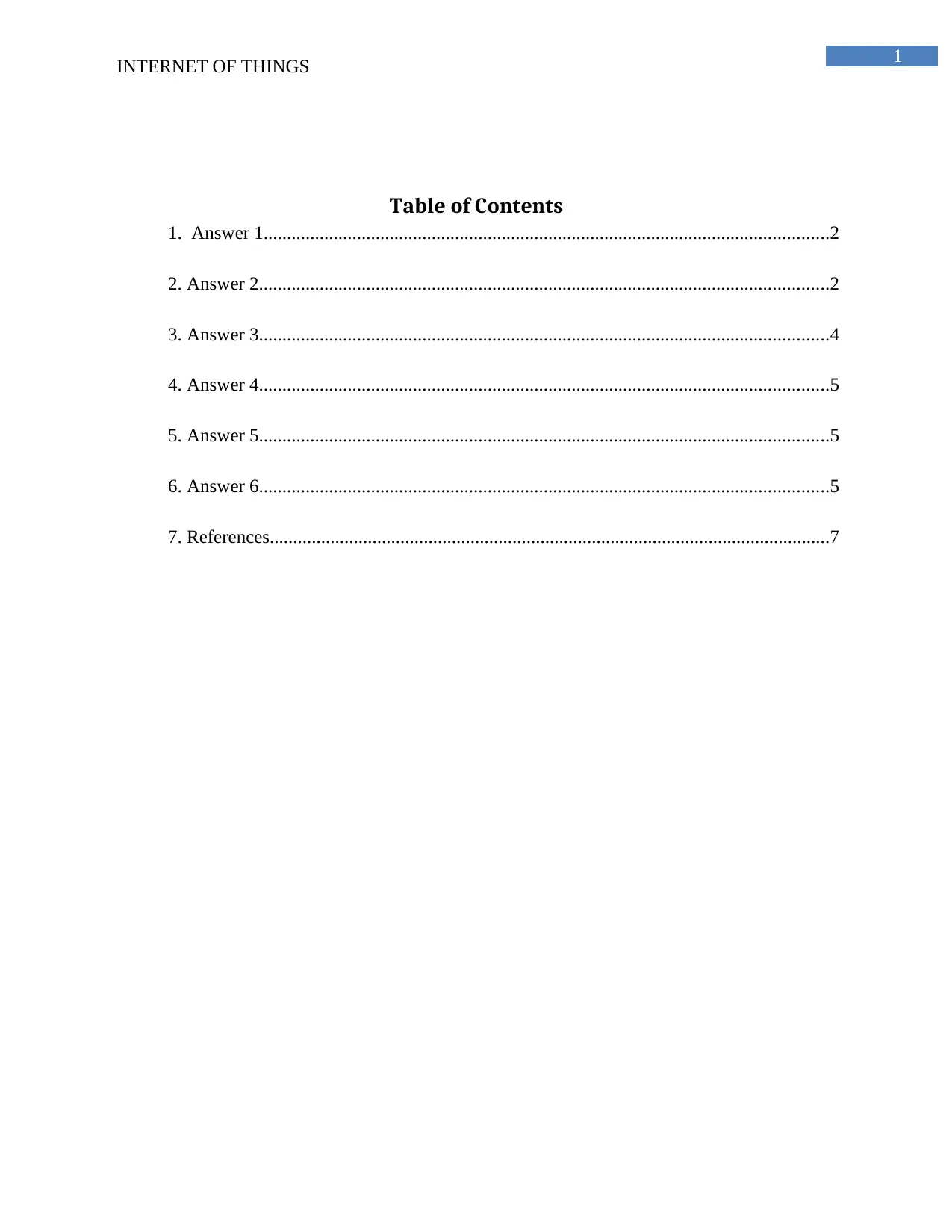
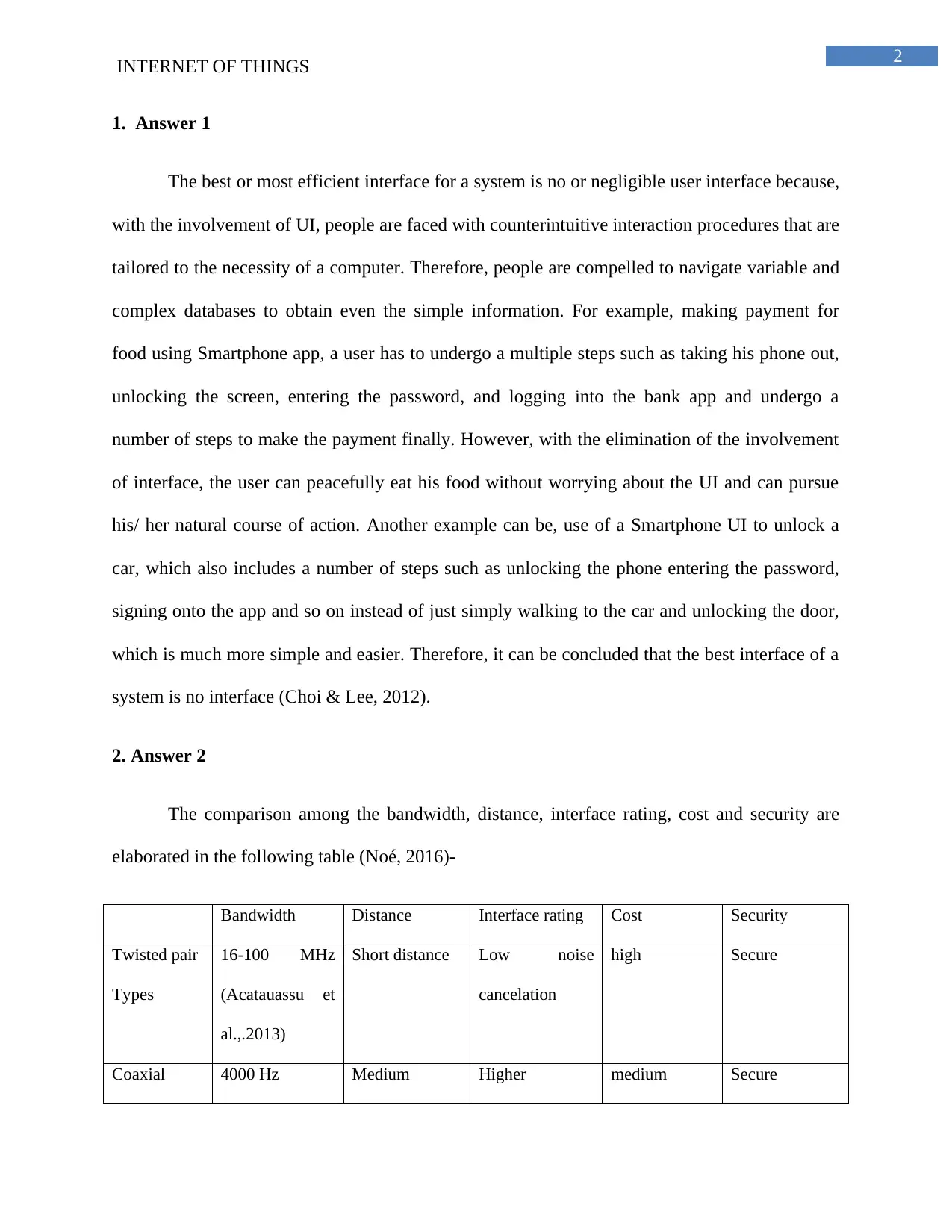
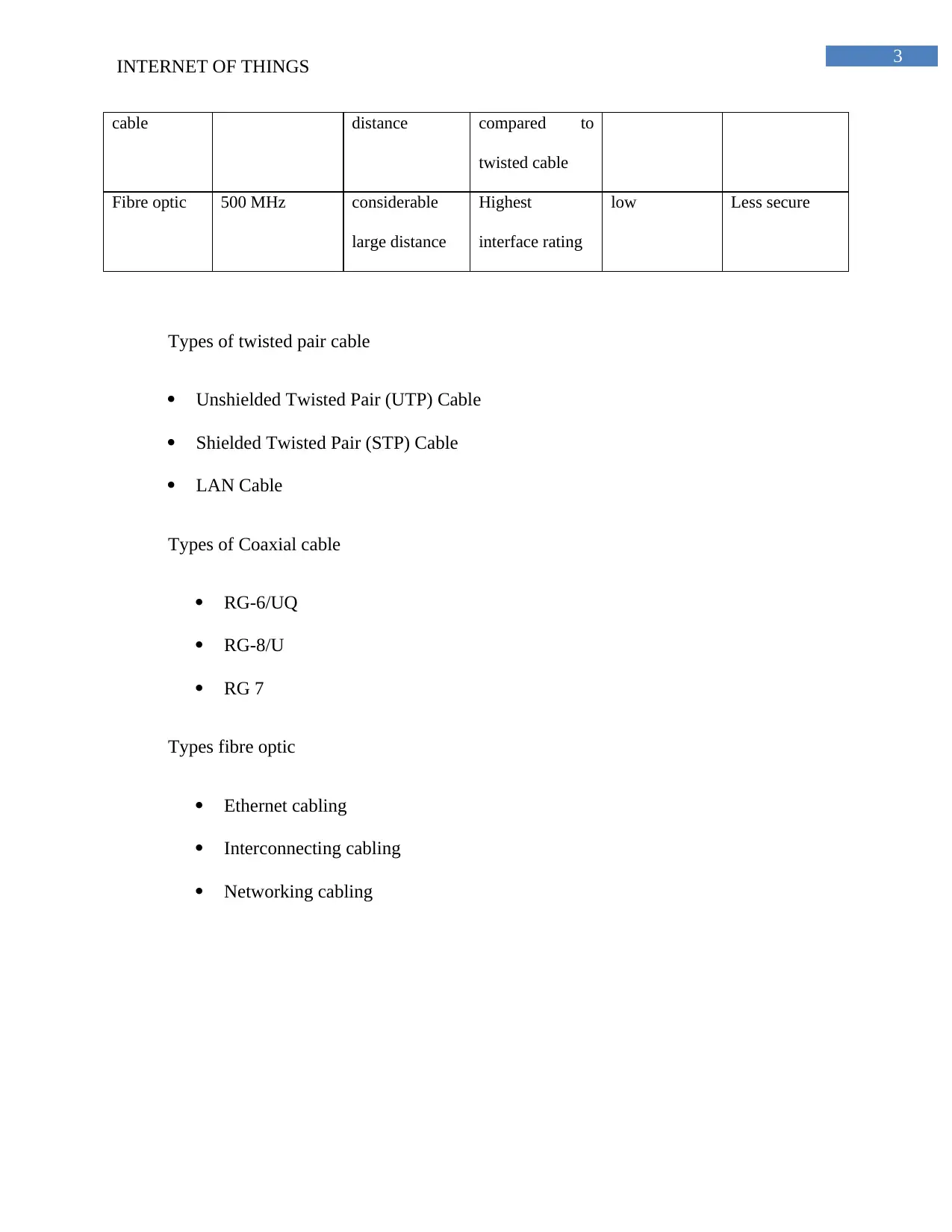
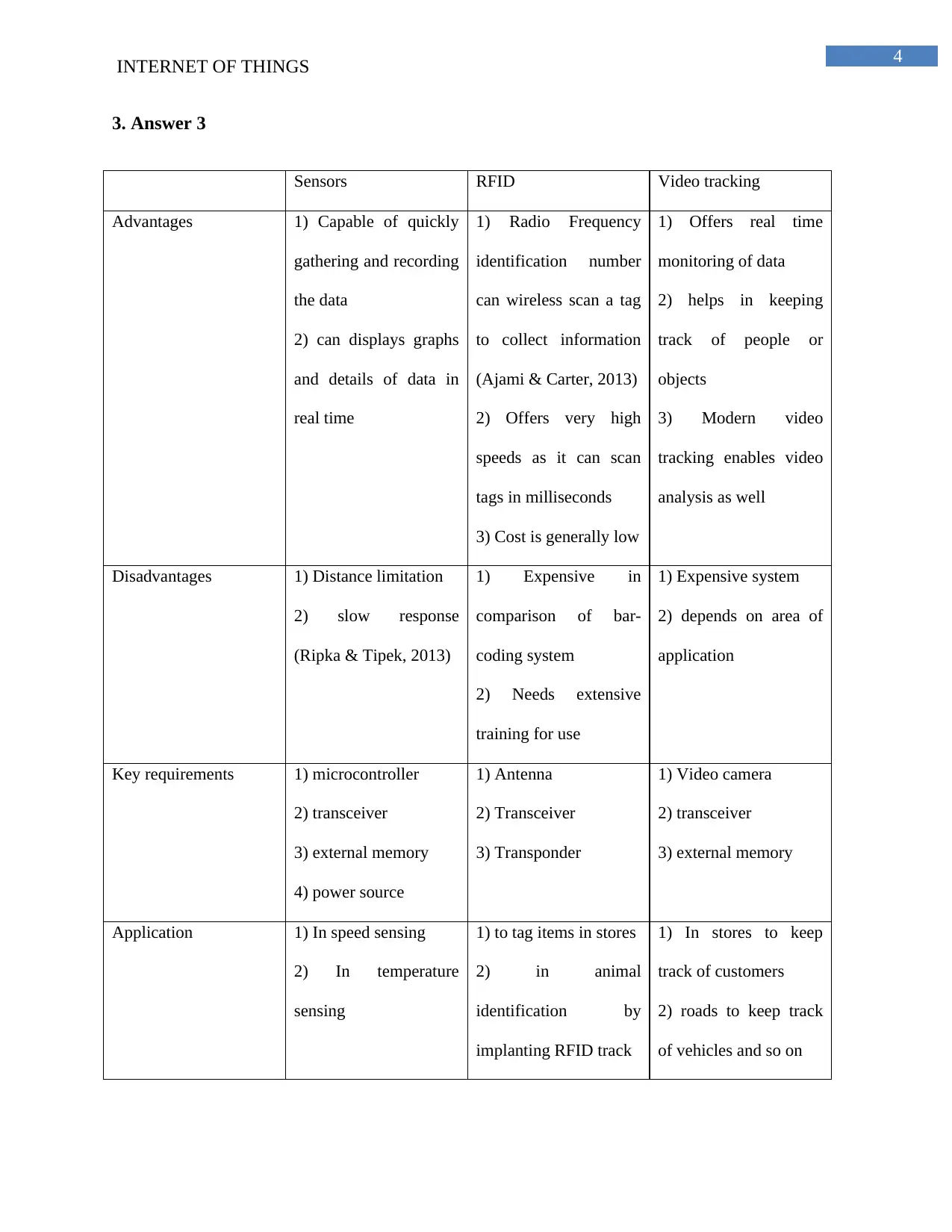
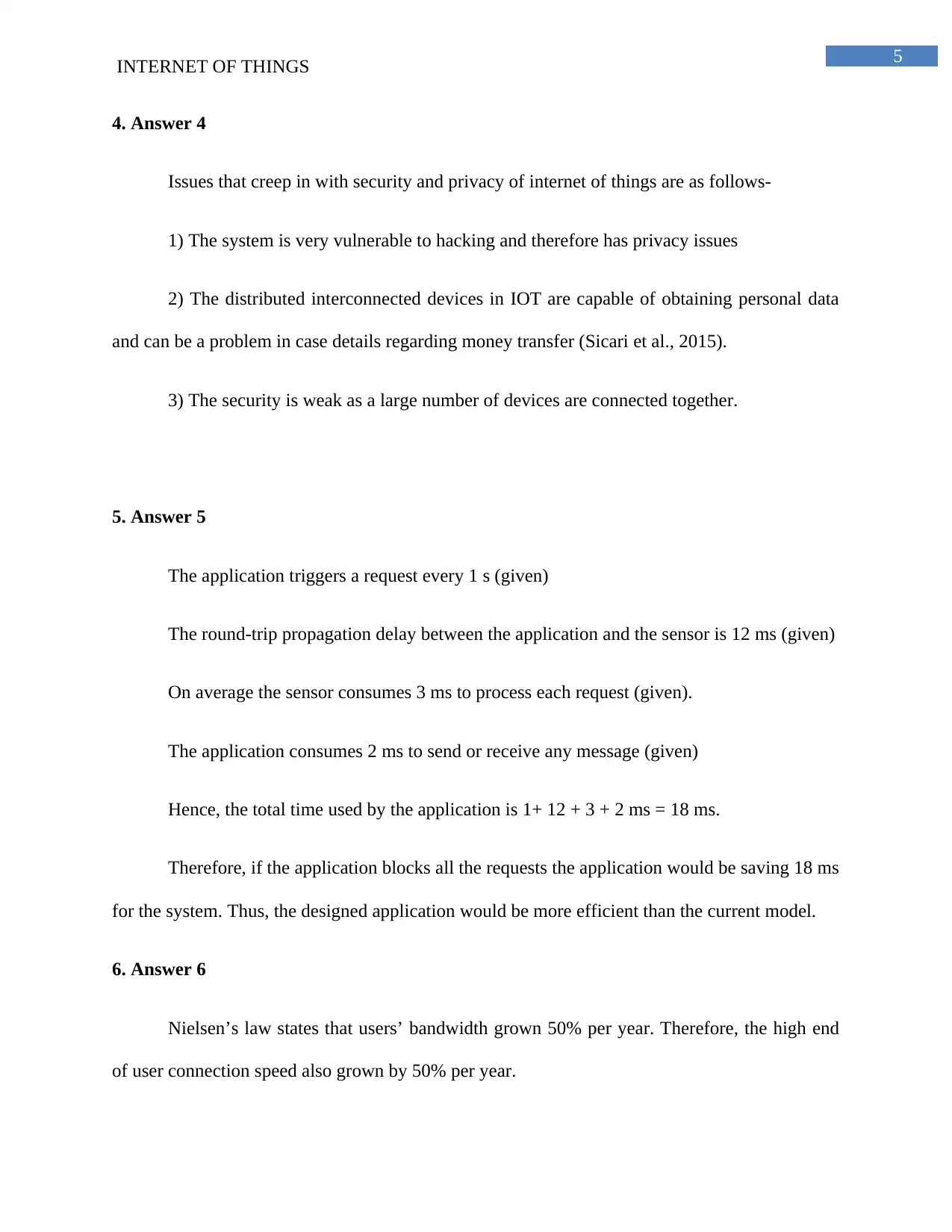
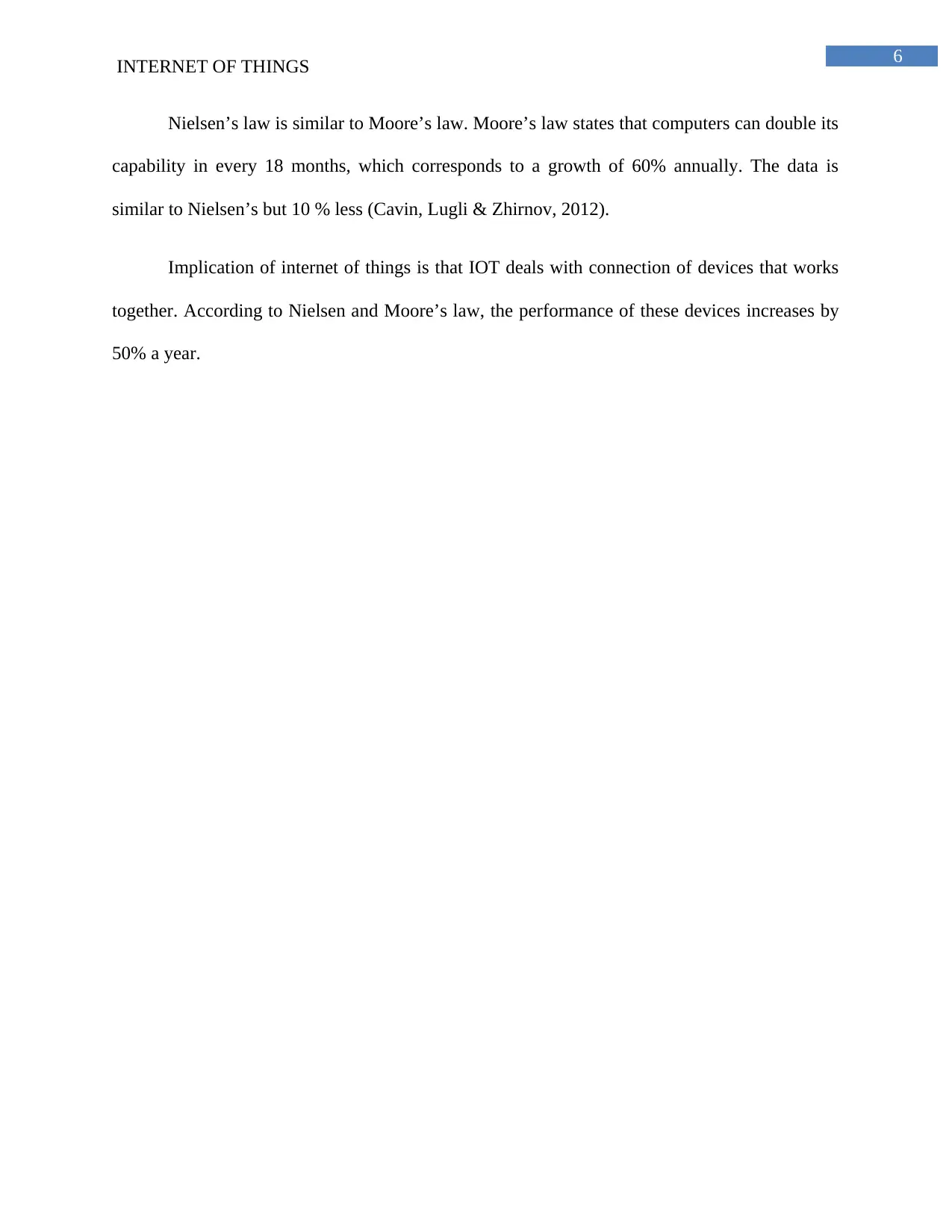






![[object Object]](/_next/static/media/star-bottom.7253800d.svg)